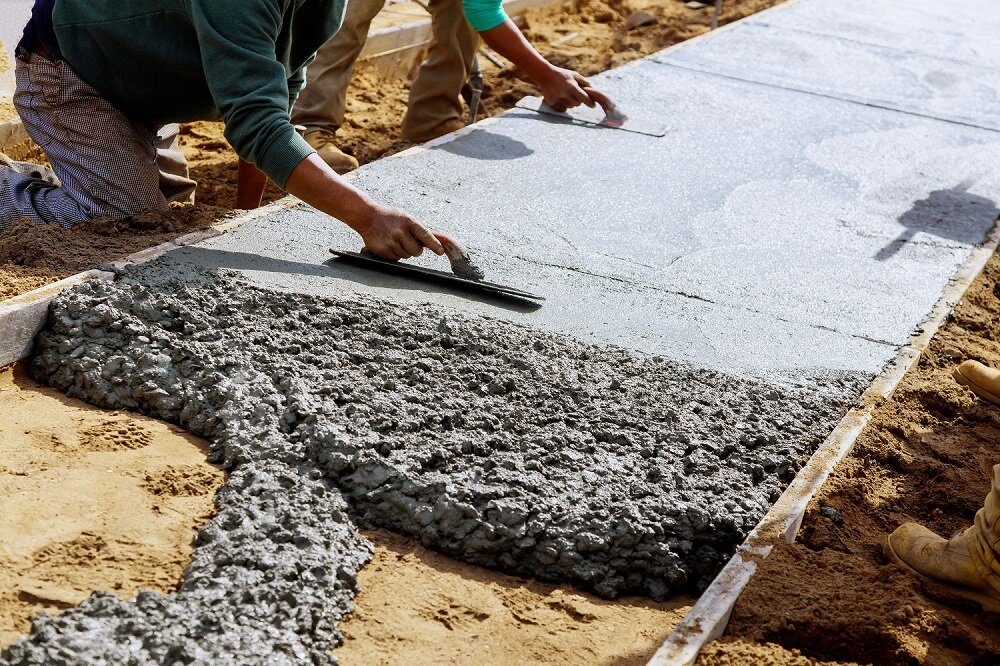Concrete is more than just a ton of heavy blocks that come together to form buildings now. Thanks to the consistent advancements in technology, concrete has come a long way from needing constant repairs and causing too many CO2 emissions. But understanding what exactly green concrete is and what makes it so durable is something that you can struggle with. From the way sustainable RMC is prepared to the way it’s maintained, this blog explains how concrete advancements are contributing to an eco-friendly approach.

RMC: A Greener & Sustainable Future For Property
As the world continues to grow more and more environmentally conscious, is it even a surprise that building materials are taking the same route? Manufacturers are consistently embedding more sustainable methods to create concrete that builds bridges and erects entertainment centers without harming the environment.
Let’s take a look at a few features of green concrete and its benefits
- Careful Production & cautious Mixing
One of the key advantages of using RMC is that it is produced at manufacturing plants that follow a stringent protocol when it comes to ingredient usage. This minimizes wastage and thereby reduces the impact of concrete production on the environment. Here is how the production looks
- Recycling Biproducts: one of the key features of eco-friendly concrete is that it relies on foundry sand, plastic, or even fly ash instead of our limited resources.ash
- Reusing Water: to make the process of production even more eco-friendly, manufacturers recycle water to create the RMC, earning the seal of approval from environmentally-conscious consumers.
- Impacts Of Green Concrete On The Environment
That’s great and all, but what really is the long-term impact of this shift in manufacturing methods? We’re glad you asked! Let’s take a look at a few perks of these concrete advancements in RMC production.
- Reducing Waste: Because this concrete uses by-products of other industries, it lowers the pressure on landfills.
- Lowered CO2 Emissions: Repurposing waste materials also means that there is a lower carbon emission, contributing to a safer environment.
- Safeguarding Limited Resources: Traditional concrete is made of gravel, sand, and water. By recycling water and repurposing wasted material, these advanced RMCs ensure that the ecosystem remains largely undisturbed.
Future Possibilities: How Concrete Will Heal Itself
Okay, now that you’ve understood the advancements in the production of RMC, it’s time to take a look at what features make it so durable. Remember, the future is all about environmentally conscious and sustainable practices. From lowered maintenance costs to fewer repairs, here is what the future of concrete structures holds.
A glimpse into the future of RMC construction
- Features Of Self-Healing Concrete: What Sets It Apart From Traditional Concrete
As the name indicates, self-healing concrete autonomously repairs cracks and small fissures in its structure. Implanted with sensors and bacteria, it is activated in the presence of moisture and air, so that concrete repairs can be done without worry about calling in professionals, thus lowering repair costs.
How can concrete be self-healing? Let’s learn:
- Bacteria-Based Healing: This type of concrete has dormant bacteria that only activate in the presence of moisture. The byproduct of this bacteria’s metabolism is limestone—the key ingredient that slowly seals cracks in your concrete.
- Bacteria-based self-healing: Embedded bacteria react with moisture and produce limestone, naturally filling cracks.
- Chemical encapsulation: Tiny capsules filled with healing agents burst open when cracks appear, releasing sealants to close gaps. These healing agents can be anything from epoxy to polyurethane, and work to quickly seal gaps that appear in concrete structures.
- Shape Memory Polymers: Finally, some manufacturing plants are using “smart polymers” that “remember” their initial shape when the structure was constructed. They react to moisture and heat, and pull the concrete closed again in case of cracks or gaps.
- Auto-genus Healing: concrete has a limited capability to heal on its own, too. This is a useful technique for fixing microcracks. The material just needs small cracks and a humid environment to start the self-healing process, and the structure is as good as new.
- Advantages Of Self-Healing Concrete
As we’ve explained, all types of self-healing concrete are designed to fix cracks in concrete—whether they’re the result of earthquakes, tensile pressure, or harsh environmental factors. The benefits of these self-healing ready mix concrete batches include:
- Lowered MaintenanceWithth the ridges and roads healing on their own, there will be a need for fewer laborers to fix fissures and seal gaps.
- Reduced Repair Costs: This type of concrete will also lower the expenses that come with concrete repairs. Imagine saving hundreds of dollars because you never have to repair the sidewalk in front of your home or the foundations of your office!
Conclusion
In conclusion, the future of RMC is here! It is bright, it is strong, and it is sustainable. With innovations such as self-healing concrete and green manufacturing methods, our skyscrapers will stand tall for longer and our water and sand will remain undisturbed—contributing to sturdy structures and safer environments.
FAQs
What other advancements have there been in RMC?
Though still in the testing phase, future concrete may also include things like real-time monitoring with smart RMC and 3D printed concrete
What bacteria are used in self-healing concrete?
Bacillus sp is the bacterium used.
How long does self-healing concrete take to heal?
Depending on the damage and healing system used, self-healing concrete can seal cracks anywhere from a day to three weeks.
